6.4.1 Principles of Homeostasis & Negative Feedback
1/7
There's no tags or description
Looks like no tags are added yet.
Name | Mastery | Learn | Test | Matching | Spaced |
|---|
No study sessions yet.
8 Terms
describe homeostasis
the maintenance of a stable internal environment within restricted limits, by physiological control systems
eg. core body temp, blood pH, blood glucose conc., blood water potential

explain importance of maintaining stable core temperature (include optimum temp in humans) (3)
1. if body temperature is too high, hydrogen bonds in tertiary structure of enzymes break, so enzymes denature. Shape of the active site changes shape so no longer complementary so less enzyme substrate complexes can form so slower rate of metabolic reactions
2. if body temperature is too low, not enough kinetic energy so fewer enzyme substrate complexes can form. This will mean slower rate of metabolic reactions.
3. optimum temp is around 37 °C in humans.

explain the importance of maintaining a stable blood pH (1)
1. if blood pH is below or above optimum, hydrogen bonds in tertiary structure break, so enzymes are denatured
- shape of active site changes so no longer complementary so fewer enzyme substrate complexes can form
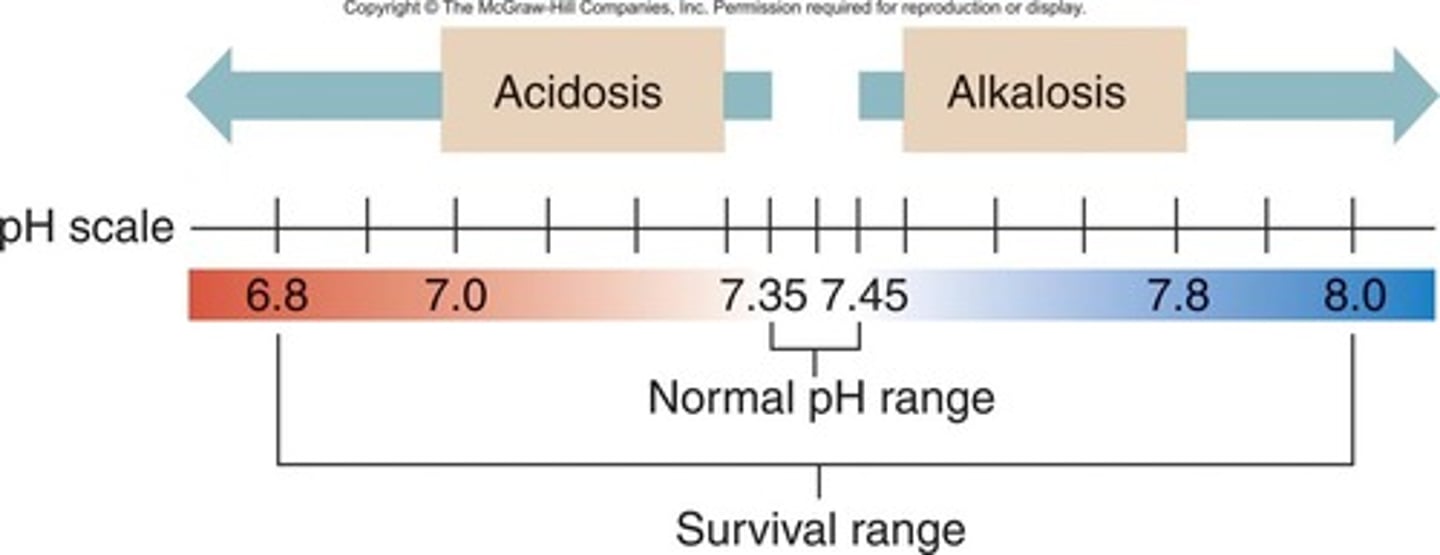
explain the importance of a maintaining stable blood glucose concentration (3)
1. if blood glucose conc. is too low, there will not be enough glucose for respiration, so less ATP is produced.
- This may mean processes like active transport can't happen, leading to cell death
2. if blood glucose conc. is too high, water potential of blood will decrease, so water will be lost from cells to blood by osmosis, leading to cells shrinking.
3. if blood glucose conc. is too high, the kidneys can't reabsorb all the glucose, so more water may be lost in urine causing dehydration
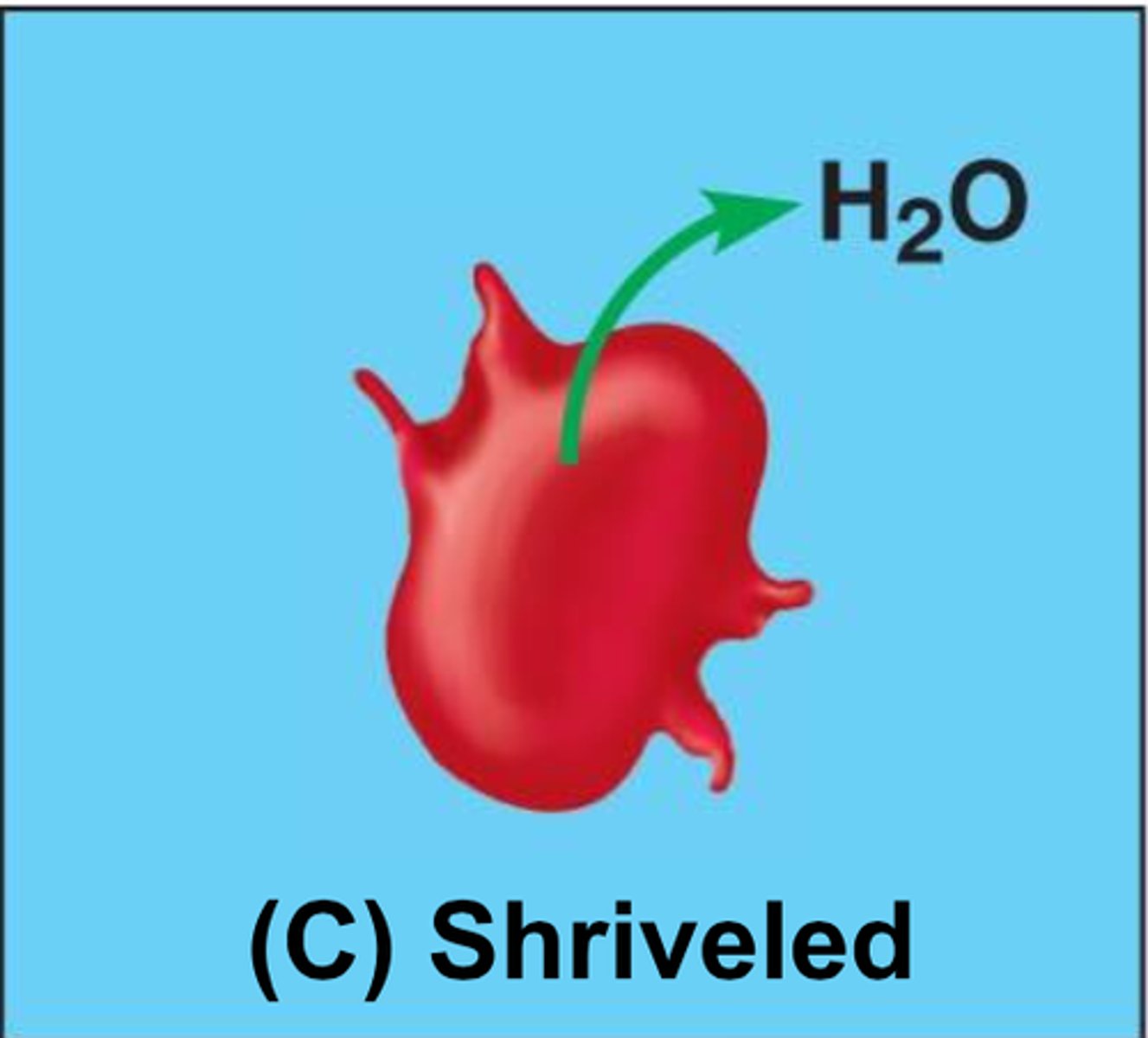
describe the role of negative feedback in homeostasis
1. where receptors detect change from away from optimum level
2. triggering a response by effectors to counteract/reduce the effect of the change
3. in order to return levels to optimum
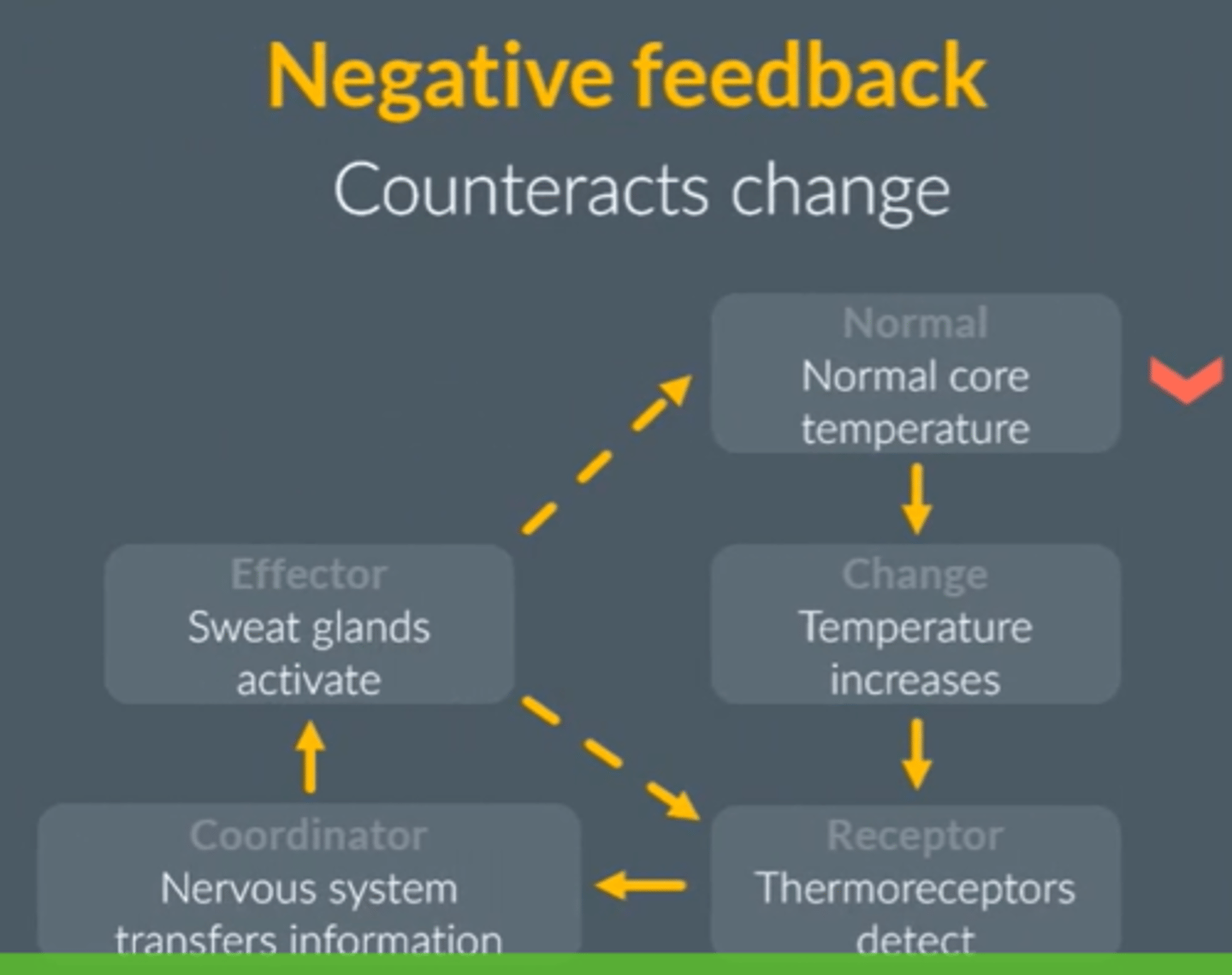
importance of there being multiple mechanisms involved in negative feedback (2)
1. having multiple mechanisms means that departures in different directions from normal level can all be controlled and reversed
2. gives a greater degree of control over changes because you can increase or decrease a level so it returns to normal
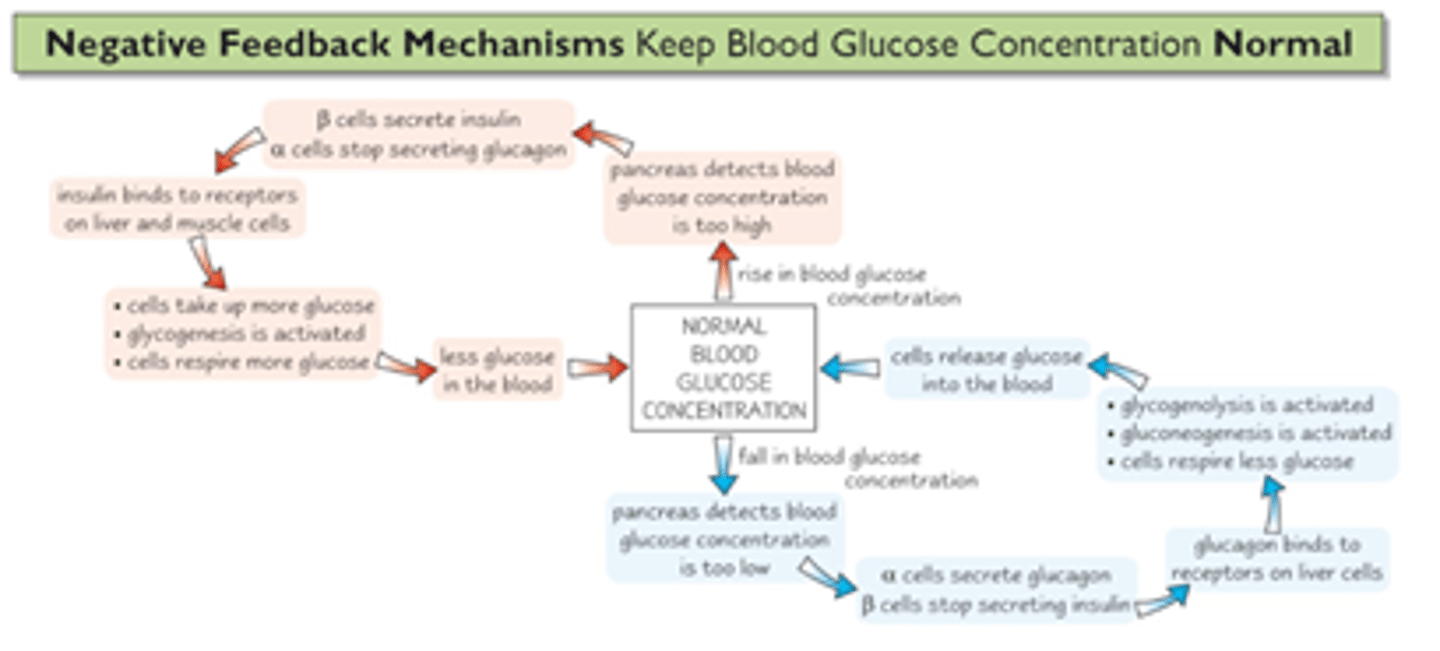
describe positive feedback and give examples
- Receptors detect change from normal
- which triggers a response by effectors to amplify change
- This produces a greater deviation from normal levels
eg. in blood clotting where platelets become activated and release chemicals to trigger production of more platelets, hypothermia, contractions in childbirth
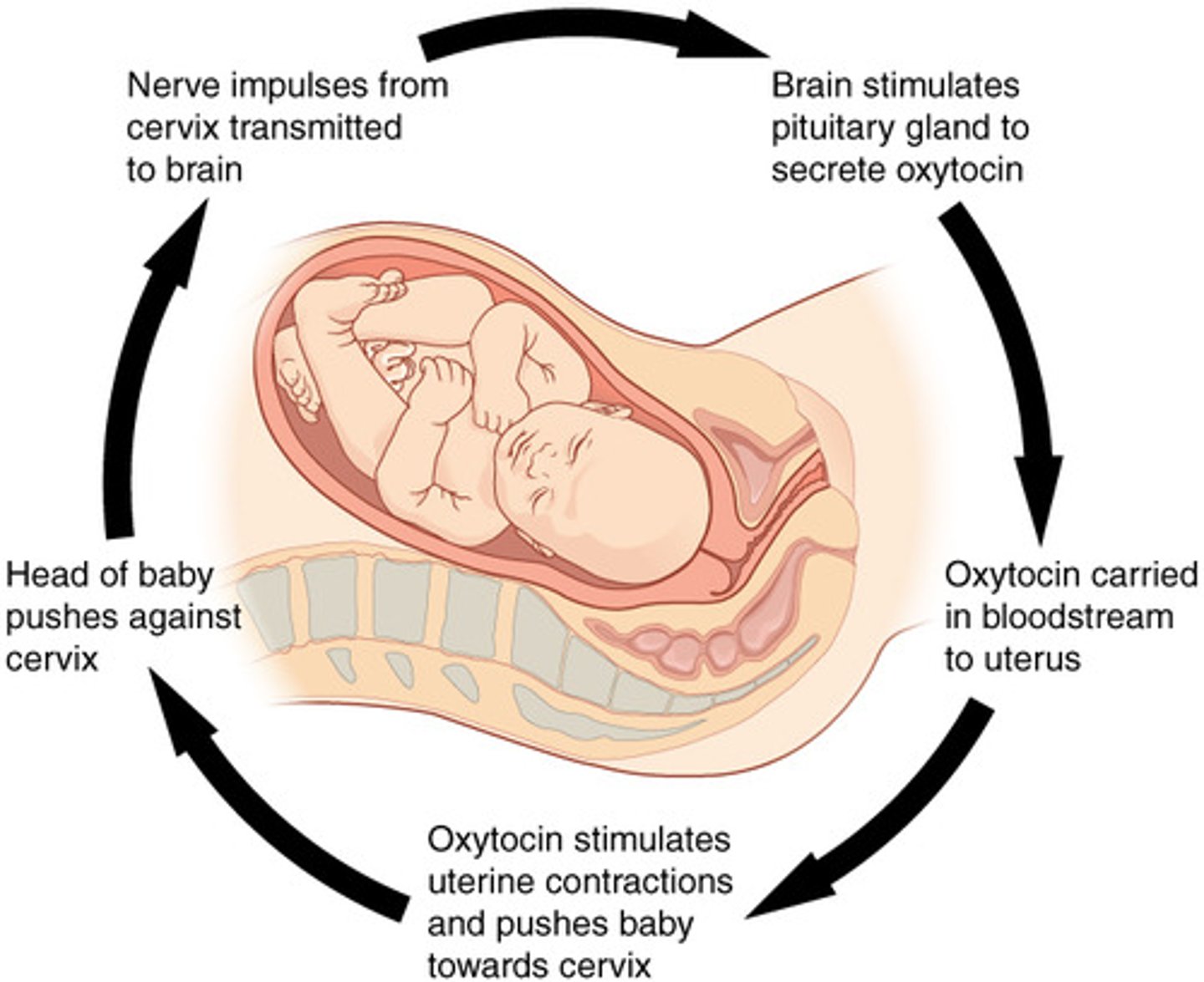
Is positive feedback involved in homeostasis?
No, because it doesn't keep your internal environment stable.